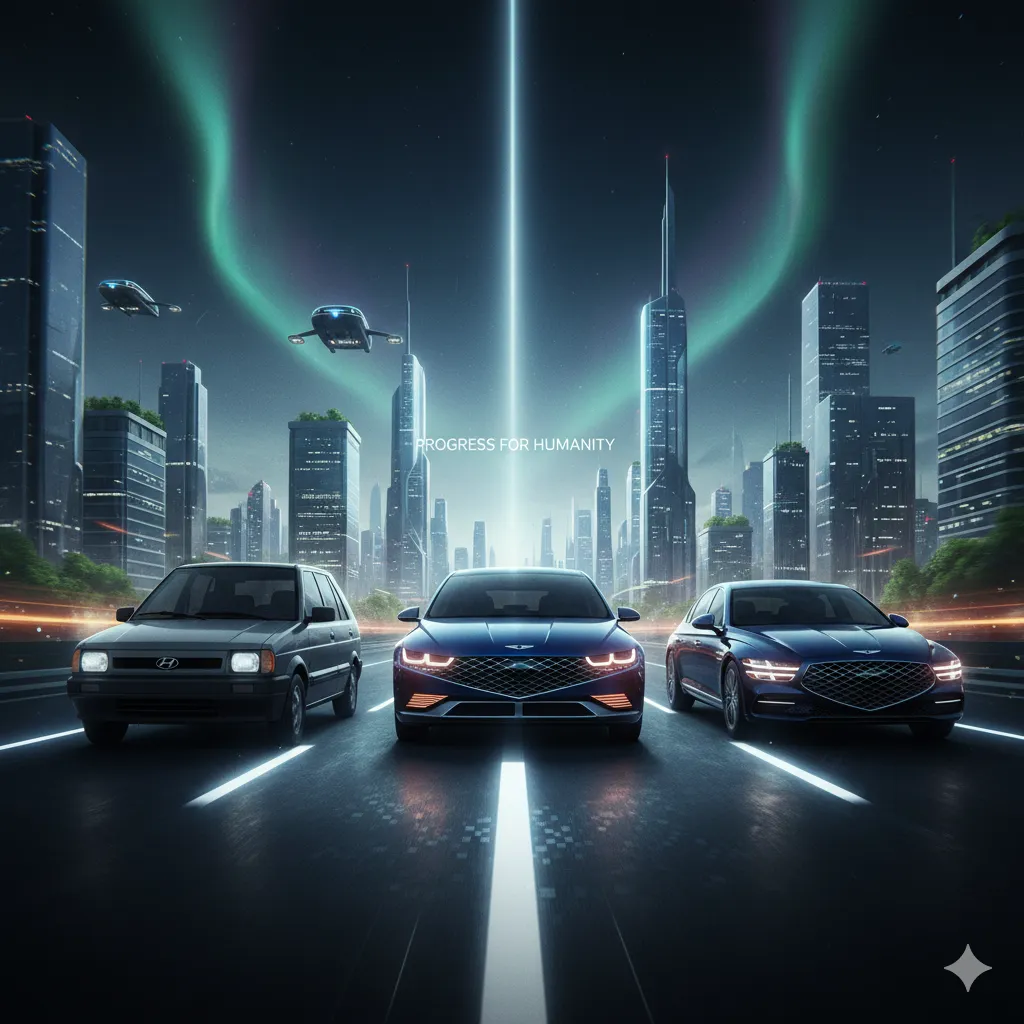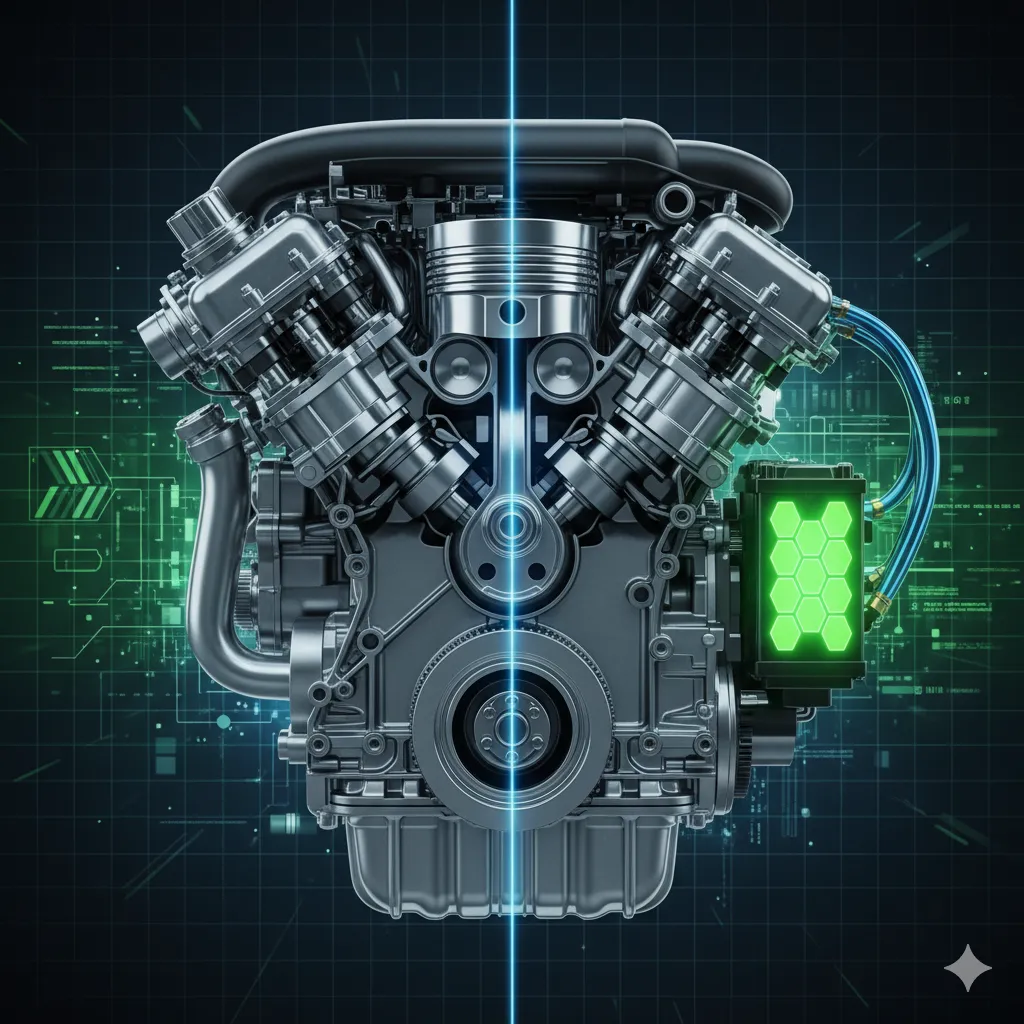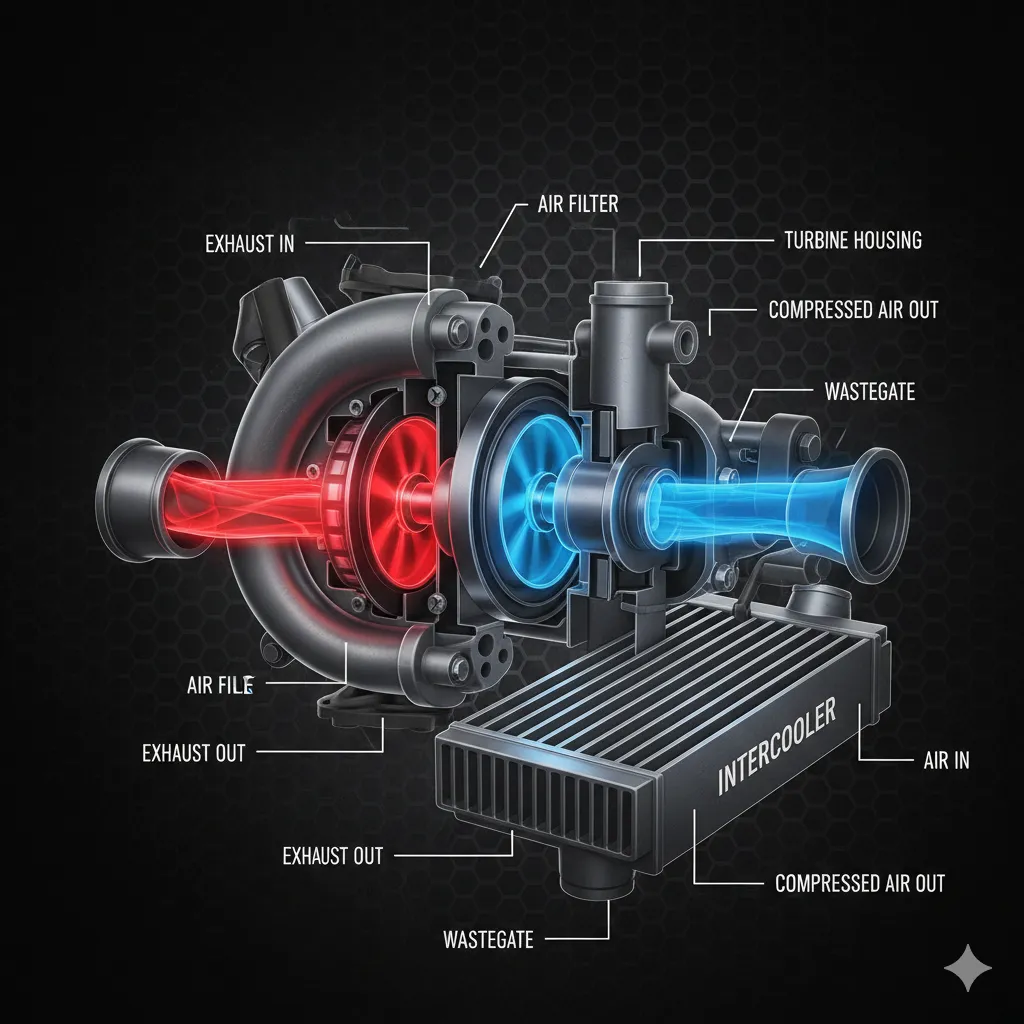
Hyundai's Global Comeback: The Ultimate Turnaround Story
Hyundai's Global Comeback: The Ultimate Turnaround Story
Primary Keyword: Hyundai Global Comeback LSI/Secondary Keywords: Hyundai turnaround, automotive industry, quality assurance, Genesis brand, EV strategy, Hyundai Assurance, design-driven, N performance.
The automotive industry is littered with stories of great success and catastrophic failure. Yet, few companies have engineered a corporate pivot as dramatic and successful as Hyundai. Once considered a budget brand—the go-to for buyers prioritizing low cost over everything else—the South Korean giant has executed a masterful Hyundai global comeback, transforming its image into a purveyor of high-quality, design-forward, and technologically advanced vehicles.
How did a company that was struggling with a reputation for poor quality in the late 1990s manage to join the ranks of the world's top automakers? This is the ultimate Hyundai turnaround story, driven by a relentless focus on quality, bold design choices, and a visionary EV strategy.
The Wake-Up Call: Crisis and the Birth of Change
Hyundai's global comeback wasn't born out of easy success; it was forged in the fire of crisis. The 1997 Asian Financial Crisis hit South Korea hard, placing immense pressure on all major companies, including the Hyundai Motor Company. Compounding this, the brand's early international efforts, particularly in the U.S. market with the affordable Excel, had left a lasting scar: a public perception of unreliability.
For the company, maintaining the status quo was no longer an option. This period of intense self-reflection led to the foundational strategies that would define its future success.
H3: The Game-Changer: Hyundai Assurance Program
The first, and arguably most critical, step in the Hyundai turnaround was addressing the deep-seated mistrust in their quality. The solution was the revolutionary Hyundai Assurance program, launched in 1998.
This offering, a 10-year/100,000-mile limited powertrain warranty (later paired with 5-year/60,000-mile comprehensive coverage), was an unprecedented industry move. It sent a clear, undeniable message to consumers: we believe in our quality, and we will back it up. It was a masterstroke of marketing and engineering, forcing the company to dramatically improve its manufacturing and component quality to avoid crippling warranty costs.
A New Identity: Design, Quality, and Engineering
Once the perception of reliability was firmly on the mend, the Hyundai global comeback shifted its focus to two other critical pillars: design and engineering. No longer content to simply be an appliance, Hyundai sought to evoke desire.
H3: The Power of Design: From Bland to Bold
In the mid-2000s, Hyundai made a crucial strategic investment by hiring top-tier talent, including the renowned Peter Schreyer (formerly of Audi), who became Chief Design Officer. Schreyer introduced the "Fluidic Sculpture" design language, which gave models like the Sonata and Elantra a new, sleek, and premium look.
This design-driven approach ensured that Hyundai vehicles were no longer overlooked. They had style, character, and an identity that could genuinely compete with European and Japanese rivals. This bold design philosophy continues today with the parametric dynamics seen in their new models.
H3: Elevating the Standards of Engineering
Parallel to the design evolution, the engineering prowess grew exponentially. The investment in R&D paid off with proprietary engine and transmission technologies, and a commitment to refining ride quality and handling.
-
Manufacturing Excellence: Adopting world-class manufacturing processes drastically improved fit and finish.
-
The N Performance Division: The launch of the N performance sub-brand (think i30 N, Veloster N) demonstrated that Hyundai was serious about building cars that were not just reliable, but genuinely thrilling to drive. This move added a coveted layer of performance credibility to the entire lineup.
The Vertical Leap: Launching the Genesis Brand
A key component of the overall Hyundai global comeback was the creation of a standalone luxury entity: the Genesis brand. Starting as a premium sedan model, it was spun off in 2015 to compete directly with Mercedes-Benz, BMW, and Lexus.
Genesis has become the pinnacle of the Hyundai turnaround, showcasing the group’s highest level of quality assurance, design, and technological sophistication. Its meteoric rise, winning numerous "Car of the Year" awards globally, provided an halo effect, elevating the entire perception of the Hyundai Motor Group. It proved the company wasn't just capable of building a good economy car, but a world-class luxury vehicle.
Steering into the Future: The Electric Vehicle Strategy
The most recent and critical chapter in the Hyundai global comeback is its aggressive embrace of electrification. Recognizing the paradigm shift in the automotive industry, Hyundai moved faster than many legacy automakers to establish itself as an EV strategy leader.
H3: The E-GMP Platform and IONIQ Lineup
The introduction of the Electric Global Modular Platform (E-GMP) has been pivotal. This dedicated EV architecture underpins the highly successful IONIQ lineup (IONIQ 5, IONIQ 6). These models offer leading-edge technology, ultra-fast charging capabilities, and distinctive retro-futuristic designs that have captivated global markets.
This forward-looking stance positions Hyundai not just as a competitor, but as an innovator shaping the future of mobility, including heavy investment in hydrogen fuel cell technology (Nexo) and even future concepts like Advanced Air Mobility (AAM).
SEO & AEO Optimization Summary
The story of the Hyundai global comeback is a textbook example of a successful corporate transformation. By taking ownership of its past problems and making massive, sustained investments in quality assurance, design, and next-generation technology, Hyundai has not only survived but thrived. The successful integration of the premium Genesis brand and the visionary EV strategy have solidified the company's position as a permanent, powerful force in the automotive industry.
Today, a Hyundai purchase is no longer a compromise; it’s a confident choice driven by a desire for value, style, and innovation. The Hyundai turnaround serves as a powerful reminder that in business, sustained progress always trumps past reputation.
Frequently Asked Questions (FAQs)
Q1: What was the main turning point in Hyundai’s global comeback?
The main turning point was the introduction of the Hyundai Assurance program, a 10-year/100,000-mile warranty, in 1998. This unprecedented move directly addressed consumer concerns about quality and reliability, rapidly rebuilding trust and establishing a new foundation for the Hyundai global comeback.
Q2: How did design contribute to the Hyundai turnaround?
Design was a crucial pillar. By hiring world-class designers like Peter Schreyer and adopting the "Fluidic Sculpture" and subsequent design-driven philosophies, Hyundai cars transformed from aesthetically bland to stylish and desirable. This elevated the perceived value and premium feel, making them competitive with established rivals.
Q3: Is Genesis part of Hyundai?
Yes, the Genesis brand is the standalone luxury division of the Hyundai Motor Group, launched in 2015. It was created to compete in the premium segment, serving as a testament to the group's highest levels of engineering and design, and is a key part of the larger Hyundai turnaround story.
Q4: What is Hyundai's focus in the future of the automotive industry?
Hyundai’s future focus is on becoming a Smart Mobility Solution Provider. Key strategies include accelerating their EV strategy with the E-GMP platform and IONIQ lineup, developing hydrogen fuel cell vehicles (H2 Solution), investing in robotics, and pursuing Advanced Air Mobility (UAM).
Conclusion: A New Era for a Global Giant
The journey of Hyundai’s global comeback is an extraordinary lesson in corporate resilience. It demonstrates the power of long-term vision over short-term gains, proving that a fierce commitment to quality assurance and an innovative outlook on technology and design can overcome even the most challenging brand perceptions. From an underdog to a genuine global powerhouse in the automotive industry, Hyundai’s story is a brilliant blueprint for success in the 21st century.
e) External Links
-
Hyundai Motor Company Official Global Site: https://www.hyundai.com/worldwide/en (for company strategy and vision)
-
Genesis Global Official Site: https://www.genesis.com (for their luxury brand evolution)
-
J.D. Power (or similar quality ranking source): https://www.jdpower.com (referencing their rise in quality rankings)




